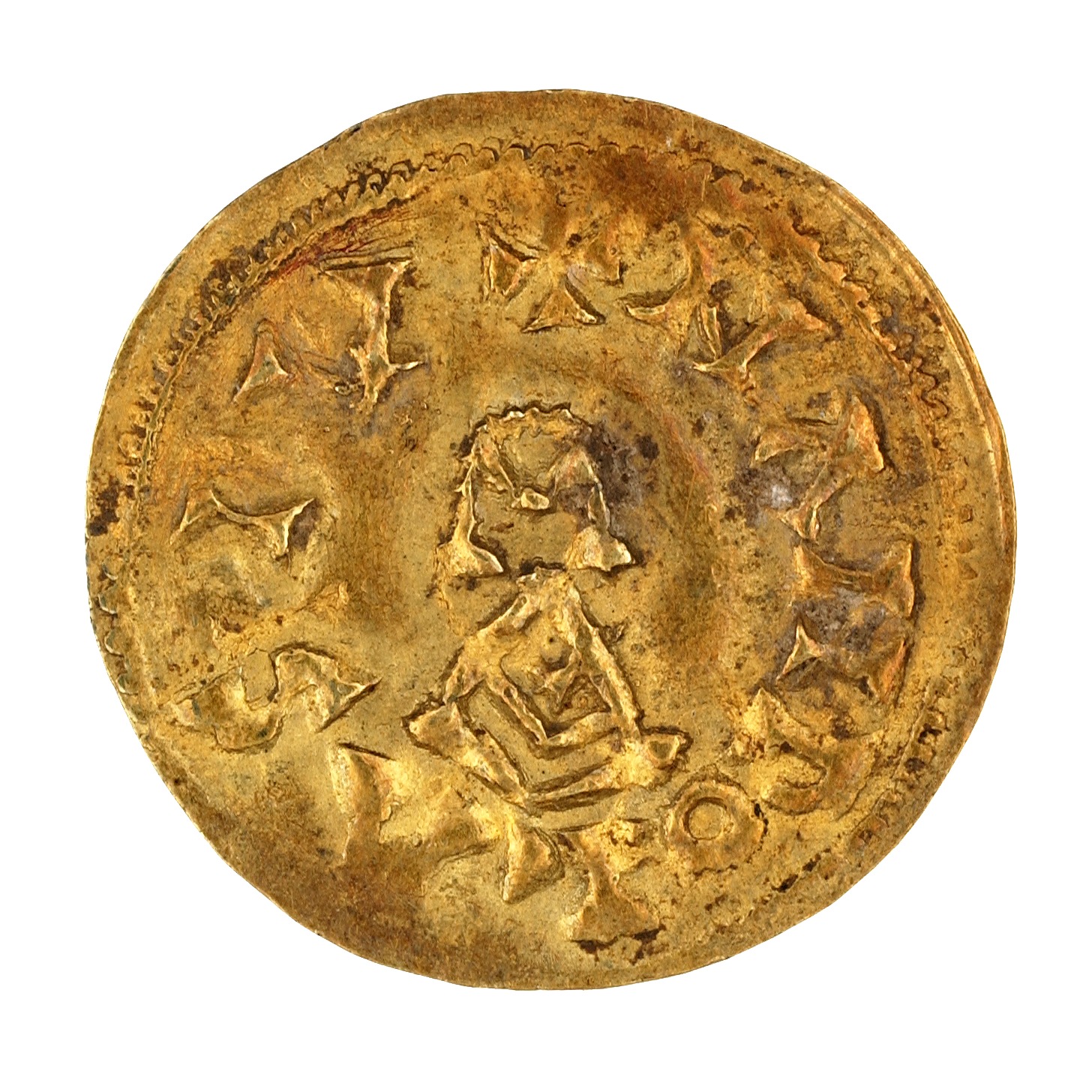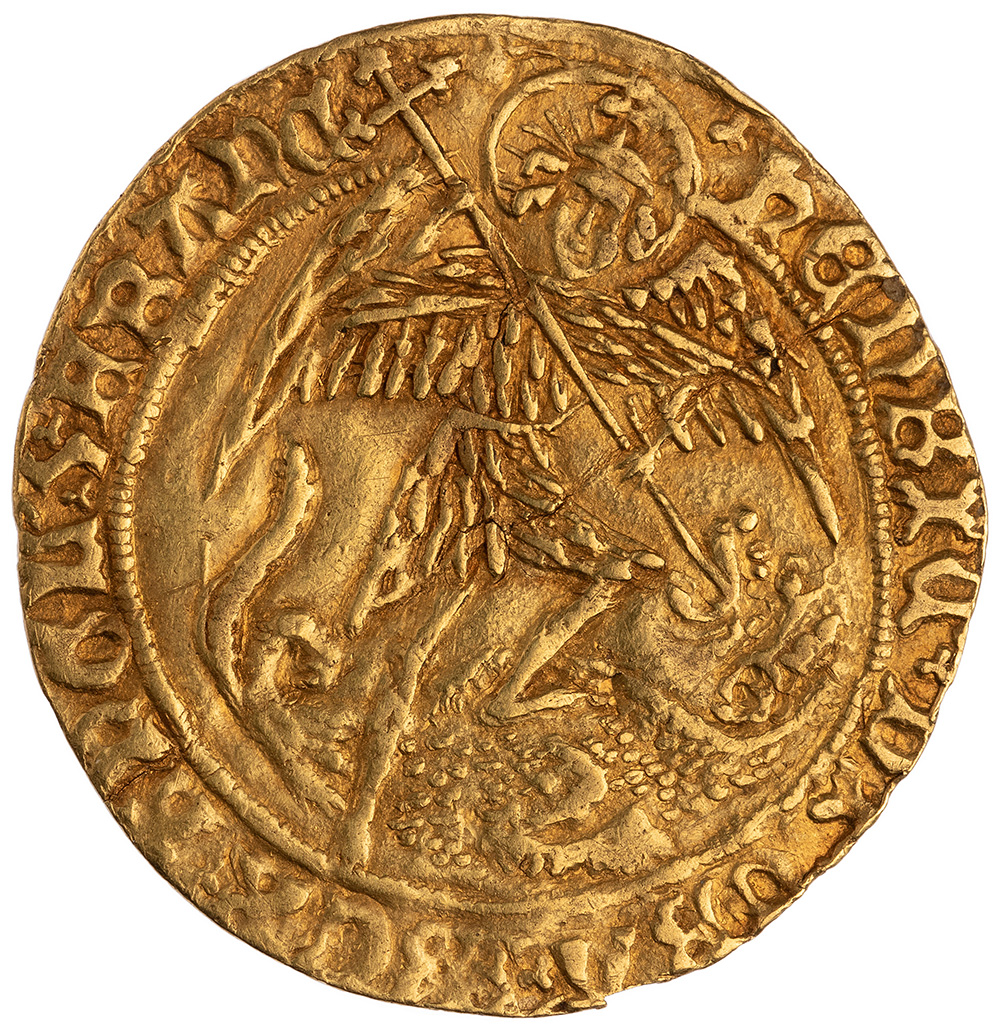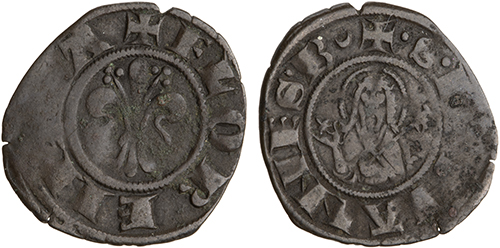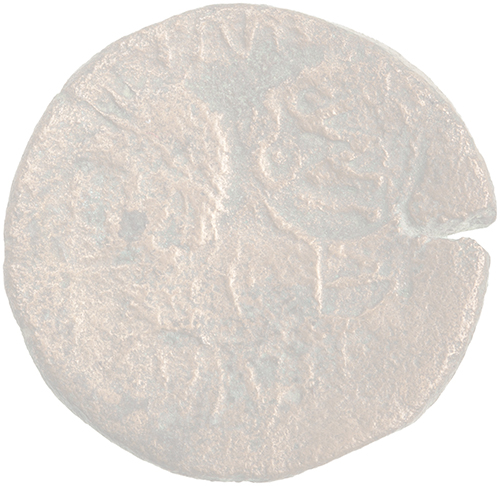Coins and Linguistics
It is well known that numismatics is closely connected with history, archaeology, art history, and economics. However, coins can be used as evidence in many other areas as well. One of them is linguistics.
For some ancient languages, like the Iberian language of eastern Spain, coins represent a substantial (though not necessarily very informative) proportion of the surviving textual evidence.
A coin of Saiti (modern Xàtiva in eastern Spain) with legend in Iberian (ANS 2013.65.12). Coins provided important evidence for the decipherment of the Iberian writing system.
Occasionally, coins can even shed light on languages that are better documented. Although languages are constantly changing, standard literary forms are often much slower to change and do not necessarily reflect ordinary speech patterns.
Like other texts of official nature, coin legends also tend to reflect literary standards rather than current spoken language. However, coin legends are not always composed by individuals with a literary education, and in times of rapid linguistic change they can sometimes reveal developments that are obscured in other kinds of texts.
One example is the coins of Visigothic Spain. They were made at a time when the spoken Latin of the Roman Empire was evolving into the Romance languages. And they were also made at a time when training in the norms of classical Latin was decreasing; although literary figures like Isidore of Seville still wrote classical Latin, such skills were becoming rare.
Classical Latin had an elaborate system of noun cases, meaning that nouns took slightly different forms depending on their functional relationship to the main verb of the sentence. Latin had five main cases: nominative for the subject of the sentence, accusative (direct object), genitive (possessive), dative (indirect object), and ablative (for adverbial functions). There were also two functions with poorly differentiated forms: the vocative (for direct address) and locative (for specifying location).
However, this system disappeared during the early Middle Ages. By the time the earliest known Old Spanish texts were written in the late tenth century, the language had no noun cases at all (although pronouns still had cases, like in modern English). Thus, linguists have looked at earlier inscriptions to find information on when and how the change happened.
One hypothesis is that there was a transitional period in which some of the case distinctions had broken down but two or maybe three noun cases were still used. In a different Romance-language area, this can be seen in medieval Old French, which retained a two-case (nominative case for the subject and oblique case for everything else) system. As it happens, Visigothic coins provide some of the best evidence for such a transitional period in Spain.
From the last years of Leovigild (569–586) until the last Visigothic coins around 714, the predominant structure of Visigothic coin legends was to place the name and title of the king on the obverse, and on the reverse a laudatory adjective for the king plus the name of the mint.

This coin of Sisenand (631–636) from Medina Sidonia has his name SISENANDVS and title REX (king, using the cross at 12:00 as both starting punctuation and the final X in REX) on the obverse; the reverse has the king’s epithet PIVS (the pious, or holy) and the mint ASIDONA.
The name, title, and laudatory epithet for the king are all in the nominative case, as would be normal in Classical Latin. The name of the mint, however, takes a different form. Functionally, it would make sense for it to be a Latin ablative (“from …”) or locative (“at …”), but on Visigothic coins the form does not correspond to a single Latin case.
The spelling of the place names is decidedly non-Classical, and they are also clearly not in the nominative case, where this can be determined. For example, the Latin name of Medina Sidonia was Asido in the nominative, Asidonem in the accusative, Asidone in the ablative. However, the final -m of the accusative case had been a silent letter for centuries, and as Classical literary education faded, so did knowledge of when to write the silent -m.
Most of the place names could equally well be a Latin ablative or else a Latin accusative where the silent -m has been omitted. Some place names, however, are plural in form, and those would be easily distinguishable in Classical form. Some of them are clearly accusative in form; others appear to be ablative in form.

This coin of Suinthila (621–631) has the mint name NANDOLAS, which would appear to be a local tribal name in the accusative plural.

This coin of Witteric (603–610) has the mint name GEORRES, which is the name of a local tribe in the ablative plural. In Classical Latin the tribe was called the Gigurri in the nominative or Gigurris in the ablative, but the spelling on the coin reflects the likely seventh-century pronunciation.
The indifferent use of accusative or ablative forms for what would previously have been an ablative/locative function suggests that by that time the accusative and ablative cases (and possibly others) had merged together into an oblique (or objective) case. In other words, the coins provide evidence that is otherwise mostly absent for a transitional stage in the loss of the Latin case system as the spoken language evolved toward what is now Spanish.
Further reading: For more on this topic, see P. A. Gaeng, A Study of Nominal Inflection in Latin Inscriptions (Chapel Hill: Department of Romance Studies, University of North Carolina, 1977); and J. A. Correa Rodríguez, “El latín de las monedas visigodas,” in Latin vulgaire – Latin tardif VII, ed. C. Arias Abellán (Seville: Universidad de Sevilla, 2006), 219–41.








